In recent years, craft beers have surged in popularity, captivating the taste buds of beer enthusiasts worldwide. This remarkable rise reflects a growing appreciation for the diverse flavors and unique brewing techniques that define craft beers. Distinguished from their mass-produced counterparts, craft beers offer a more decadent, more personal brewing philosophy. This guide aims to introduce beginners to this fascinating world, equipping them with the knowledge to appreciate and explore various styles, tastes, and nuances. Whether you’re a seasoned beer lover or new to the scene, this journey through craft beers promises to enhance your understanding and enjoyment of these artisanal brews.
Contents
The History And Rise Of Craft Beers

The craft beer movement’s roots trace back to small-scale brewers who, decades ago, began challenging the norms of large-scale commercial brewing. These early artisans prioritized quality, flavor, and traditional brewing methods, igniting a beer revolution. Their dedication to craft over mass production introduced beer enthusiasts to a world of rich, diverse flavors and styles.
As this movement evolved, it not only changed beer consumption patterns but also impacted local economies and cultures. Despite facing competition from larger breweries, craft beers have thrived due to their emphasis on creativity, quality, and community engagement. Their growth reflects a shift in consumer preference towards products with unique stories and local significance.
Understanding Beer Styles
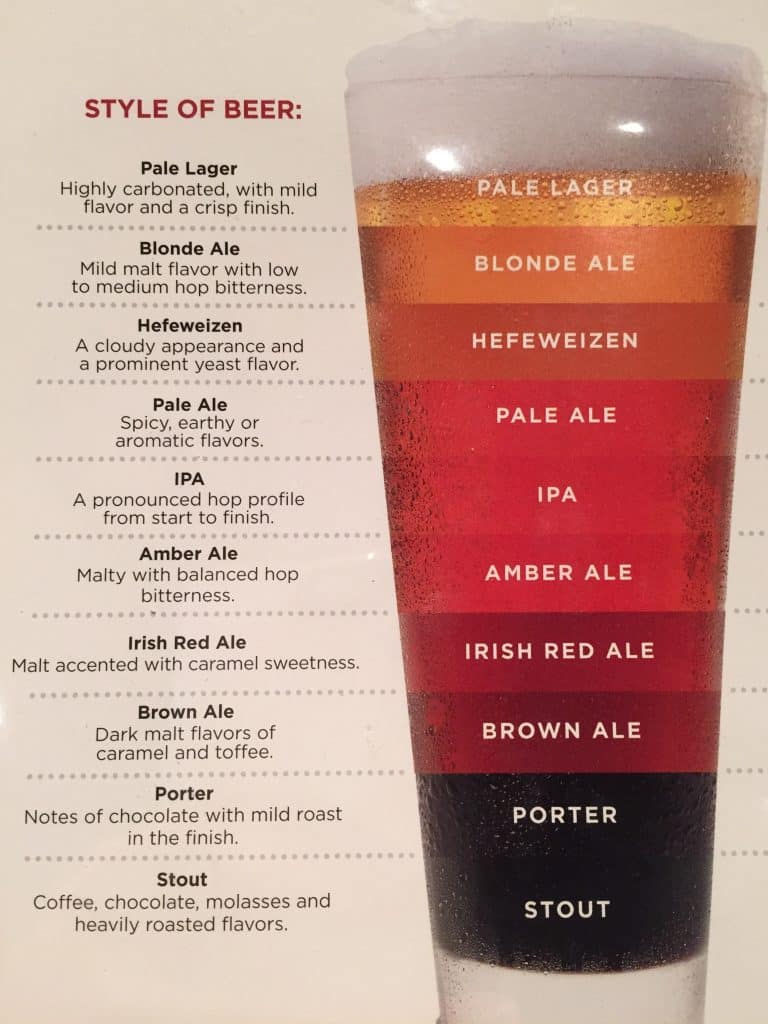
The diverse world of craft beers can be overwhelming for beginners, with its array of styles and flavors. Common styles include India Pale Ales (IPAs), known for their hoppy and bitter taste; stouts, which offer deep, dark flavors; and lagers, lighter in body with a crisp finish. Each style presents a unique taste profile, deeply influenced by specific ingredients and brewing techniques.
These styles range from the fruity and complex Belgian ales to the smooth, caramel-infused porters. Understanding the characteristics of each style is crucial to appreciating the diversity in craft beers. This exploration is a journey through different brewing traditions and cultural influences, making each style a unique experience.
The Art Of Brewing: Ingredients And Processes
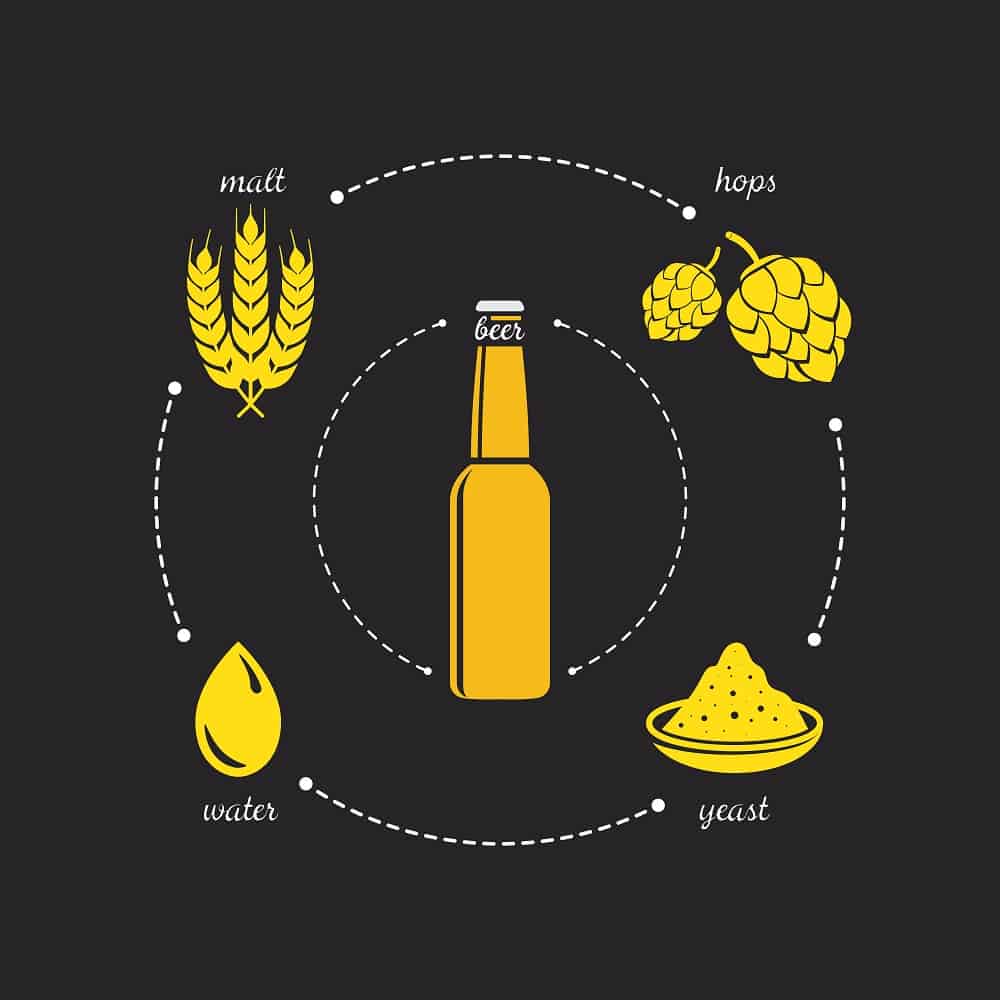
The craft of beer is an intricate blend of art and science, hinging on four essential ingredients: water, malt, hops, and yeast. The quality of water, often an overlooked ingredient, significantly influences the beer’s flavor. Malt, generally barley, imparts sweetness and color, forming the foundation of the beer’s profile.
Hops are responsible for the bitterness that balances the malt’s sweetness, also adding unique flavors and aromas. Yeast, the catalyst for fermentation, transforms sugars into alcohol and carbon dioxide, creating the beer’s alcohol content and effervescence. The brewer’s mastery in manipulating these ingredients and their processing methods defines the uniqueness of each craft beer.
Sensory Experience: Look, Smell, Taste

Appreciating craft beer starts with its visual aspects. The beer’s color, ranging from pale golds to deep blacks, provides insights into the types of malt used. The clarity can indicate the brewing method, while the foam’s texture may hint at the beer’s mouthfeel and body. This visual inspection sets expectations for the tasting experience.
Aromas play a crucial role in the sensory experience of craft beer. Floral, citrus, or pine notes from hops and caramel or biscuit hints from malts enrich the beer’s bouquet. Finally, tasting involves savoring the beer, allowing its flavors to unfold on the palate. Each sip can reveal layers of bitterness, sweetness, acidity, or umami, showcasing the complexity and craftsmanship of the brew.
Glassware And Serving Temperatures
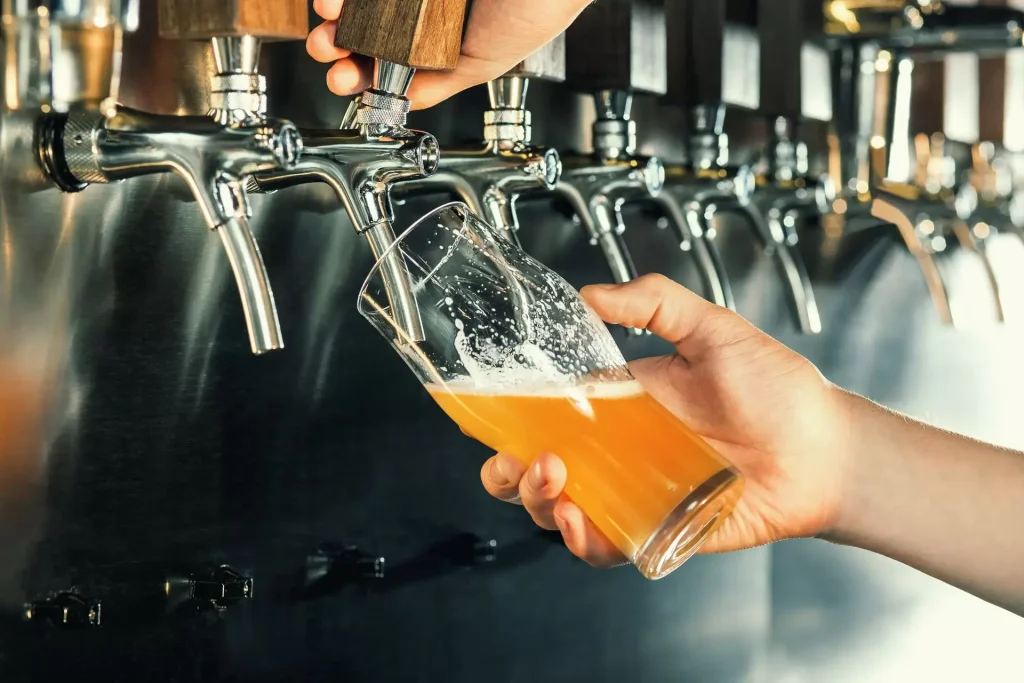
The choice of glassware and the serving temperature significantly influence the craft beer experience. Different styles of beer are enhanced when served in specific types of glasses, which are designed to accentuate the beer’s aroma, appearance, and taste. For instance, a tulip glass is ideal for Belgian ales and IPAs as it concentrates the aroma, while a pint glass suits stouts and lagers due to its wider opening. The shape of the glass can affect the foam’s retention and the release of volatile compounds, which are key to the beer’s aroma and flavor profile.
Serving temperature is equally crucial, as it can alter the beer’s character. Lighter beers like lagers and pilsners are best enjoyed at cooler temperatures, highlighting their crispness and refreshment qualities. In contrast, darker, more robust beers like stouts and porters should be served slightly warmer to enhance their rich, complex flavors. An incorrectly served temperature can mask or distort the nuanced flavors crafted by the brewer, thereby detracting from the overall experience.
Pairing Beer With Food
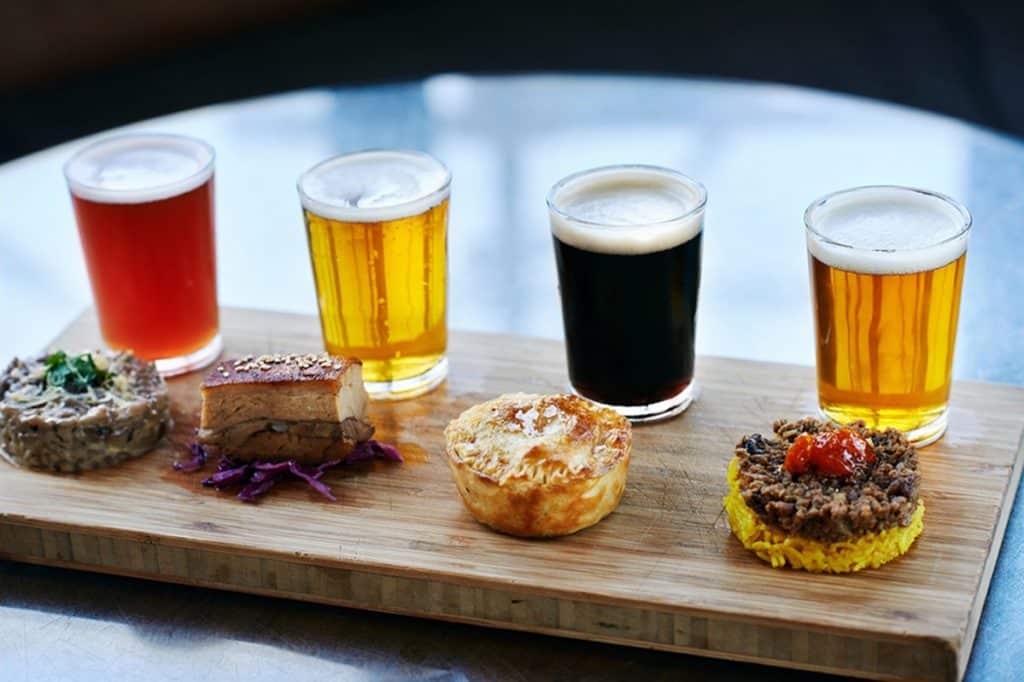
Pairing craft beer with food opens up a world of culinary possibilities, enhancing both the drink and the meal. The key to successful pairings is balancing the flavors of the beer with those of the food. For instance, hoppy IPAs can complement spicy dishes by cutting through the heat, while the malty sweetness of a stout pairs well with rich desserts or grilled meats. The idea is to either complement or contrast the flavors, allowing both the beer and the food to shine without overpowering each other.
Beyond just matching flavors, it’s important to consider the intensity of both the beer and the food. A delicate, light beer like a pilsner might be overwhelmed by a heavy, spicy curry, while a robust barleywine can overpower a light salad. Understanding these dynamics is key to creating harmonious pairings. Experimentation is encouraged, as it can lead to delightful discoveries and a new appreciation for the versatility of craft beers in gastronomy.
Hosting A Beer Tasting Event

Organizing a craft beer-tasting event is a fantastic way to explore the diversity of craft beers with friends and fellow enthusiasts. The first step is selecting a range of beers to showcase different styles and flavors. It’s beneficial to include a variety, from light lagers to dark stouts, to ensure a comprehensive tasting experience. The order of tasting is important, too; generally, it’s advisable to start with lighter beers and gradually move to the heavier, more robust ones to avoid overwhelming the palate early on.
In addition to the beer selection, the setup of the event plays a crucial role. Providing the proper glassware, maintaining appropriate serving temperatures, and offering palate cleansers like water or neutral crackers can significantly enhance the experience. It’s also valuable to provide information about each beer, such as its style, brewery, and characteristic flavors, to educate and engage the participants. A well-planned beer-tasting event can be both enlightening and enjoyable, offering a deeper appreciation of craft beer nuances.
Exploring Local And Global Craft Beers
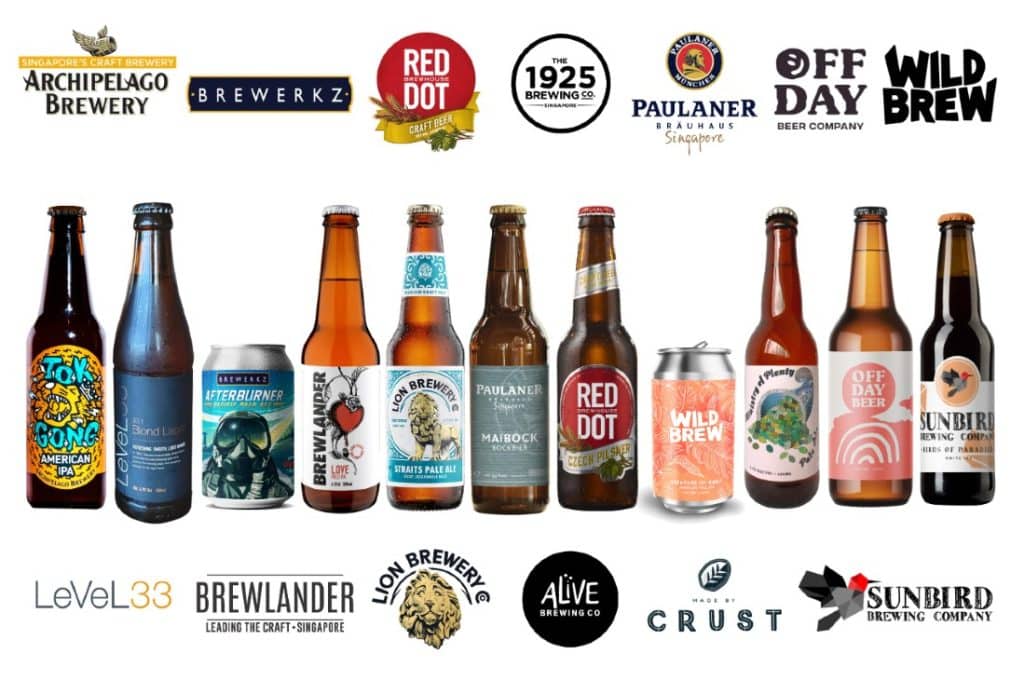
Exploring local craft breweries offers a unique opportunity to understand the beer culture of a specific area and to taste beers that might not be available elsewhere. Many craft breweries offer tours and tastings, allowing visitors to experience the brewing process and sample a variety of beers. Supporting local breweries also promotes community businesses and can lead to discovering unique, locally inspired brews. Additionally, local craft beer festivals and tasting events are excellent ways to explore a range of beers from various breweries in one place.
For those looking to expand their beer horizons further, exploring global craft beers can be an enriching experience. Many countries have a rich brewing history and offer unique styles and flavors influenced by their local ingredients and brewing traditions. From the hoppy ales of the United States to the traditional Trappist beers of Belgium, each region brings something distinctive to the craft beer world. Venturing into global craft beers not only broadens one’s palate but also offers a taste of different cultures and brewing philosophies.
Discover Craft Beer For Yourself
In embarking on this journey through the world of craft beers, you’ve uncovered the richness and diversity of flavors, styles, and brewing traditions. Craft beer is more than just a drink; it’s a gateway to a world of sensory experiences and cultural stories. Now, armed with this knowledge, step out and explore the unique brews that await you. Visit local breweries, experiment with pairings, and share your discoveries with others. The world of craft beer is vast and inviting—dive in and taste its many wonders.